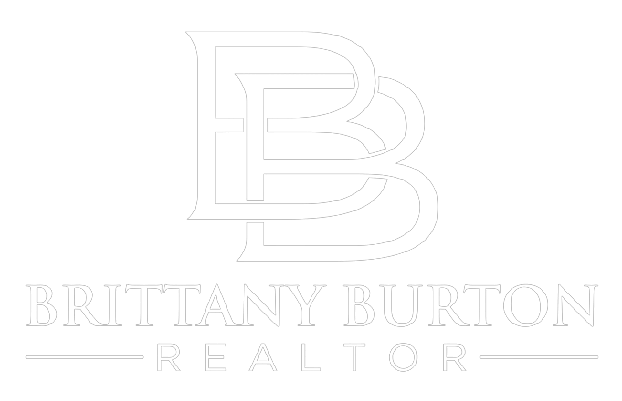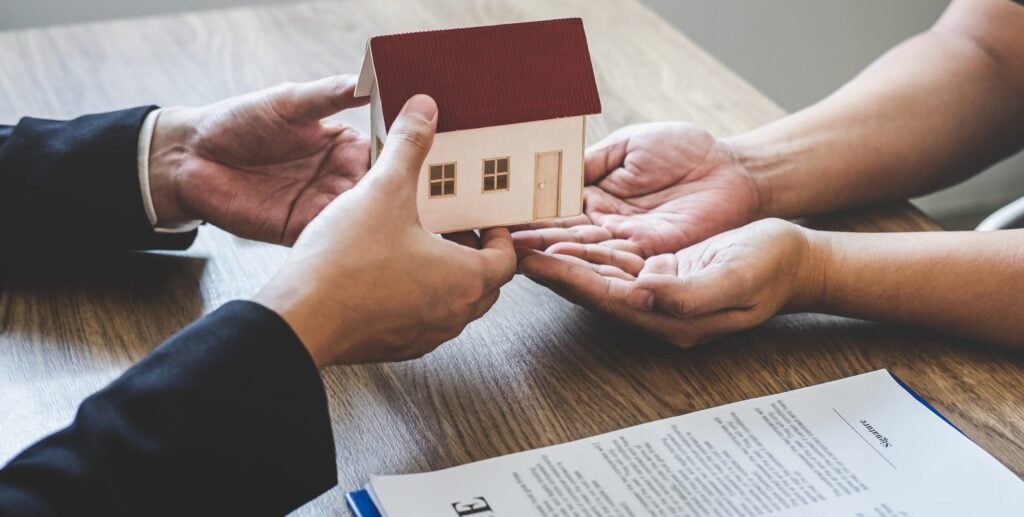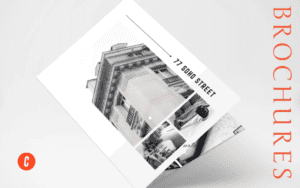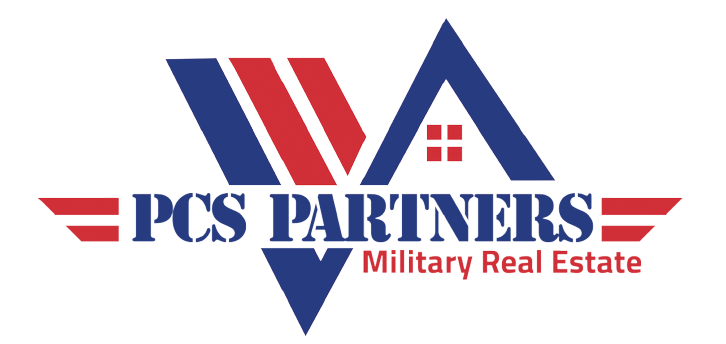Fixer-uppers can be transformed into wonderful places to live. It can also be costly for them. In addition to your mortgage debt, you’ll often have to pay for repairs out of pocket or obtain short-term, high-interest loans. What if you could combine your home purchase and renovation costs into a single loan? With FHA 203(k) rehab loans, you can!
FHA 203(k) loans (also known as renovation mortgage loans) let you buy or refinance a home by combining mortgage and repairs into a single loan with one monthly mortgage payment.
This post will explain how FHA 203(k) rehab loans work, their requirements, and the pros and cons of getting one.
What is an FHA 203(k) rehab loan?
Qualifying for a conventional loan can be difficult if you buy a home in need of serious repairs. Mortgage lenders are often hesitant to approve loans for these types of homes, leaving home buyers to seek alternative revenue sources, such as hard money loans or private loans.
Rehab loans solve this problem because the renovation cost is built into the loan. You can borrow up to 110% of the future value of your home or the purchase price and repair costs, whichever is less, as long as it is within the FHA loan limit for your area. For example, if the purchase price of your home is $300,000 and $25,000 will be needed for renovations, you can get an FHA 203k rehab loan for $325,000.
You can also refinance your home with a rehab loan, provided you plan for at least $5,000 in home improvements. You don’t even need a current FHA loan to do this!
How do FHA 203(k) loans work?
Getting an FHA 203(k) rehab loan is similar to any other home loan but with a few extra steps.
1. Shop Around
Not all lenders are approved to make FHA 203(k) loans. Get quotes from a few lenders to find out who can get you the best deal. Then, apply for the loan and get the pre-approval letter through them.
2. Find a Property
Find a home you want to fix up and mention to the seller that you are getting an FHA 203(k) rehab loan in your offer letter.
3. Work with an advisor
Consider working with an FHA 203(k) advisor, especially if your renewal costs are expected to be north of $30,000. A consultant can obtain detailed proposals from professional contractors, including cost estimates and the scope of work required.
4. Work With a Contractor
You cannot renovate the property yourself to be approved for an FHA 203(k) loan. You will need to hire a professional contractor. If you are not working with a consultant, your contractor will need to prepare a detailed proposal outlining the scope of work and the estimated cost.
5. Get a Home Appraisal
Your lender issues a home appraisal to determine the value of the property. Unlike a standard home appraisal, you’ll get a report for the appraised value before and after the renovation.
6. close and build
You can complete the transaction as long as the home appraisal is in line with the loan offered. Once you’ve done this, contractors can begin repairs on your new home. Your lender will guide you through this process as it involves getting bids from licensed contractors and some additional paperwork. However, that’s what your 203k approved lender is there for – to help you turn your fixer-upper into a place to call home.
Types of FHA 203(k) Loans
There are two types of FHA 203(k) loans: limited and standard. Here are the differences between them:
| Limited 203(k) Loan | standard 203(k) loan |
| $35,000 cap on home renovations eliminated | Home renovations require a minimum of $5,000 |
| Mostly for non-structural, non-luxury repairs, such as roof replacement, kitchen and bath remodels, HVAC upgrades, etc. | This may include some structural changes, such as converting the home into a duplex, better accessibility for a disabled person, major landscaping projects, etc. |
| Easy to access and less paperwork | less common and more paperwork |
what you can’t do with a 203k loan
Regardless of the type of 203(k) loan, certain restrictions apply to limited and standard loans. First, construction projects cannot take more than six months to complete. Make sure you are working with contractors who understand your deadlines and can work within them. You also can’t add luxury amenities like swimming pools or tennis courts. The only main restriction is for minor landscaping projects. Major landscaping projects are fine.
Requirements for FHA 203k() Rehab Loans
As you might assume, FHA 203(k) loans are a subcategory of FHA mortgage loans and therefore have similar requirements, including:
- You should stay at home. FHA 203(k) loans are not for house flipping.
- You must be a US citizen or lawful permanent resident.
- Minimum down payment of 3.5% of the combined total of purchase price and renovation cost.
- Minimum credit score of 580. In some cases, if your credit score is between 500-579, you may get a loan if you put down 10%, but your chances are slim.
- Debt-to-income ratio of less than 43%. In other words, if your pre-tax income is $4,000 a month, your bills can’t exceed $1,720.
- You cannot exceed the FHA 203(k) loan limit in your area.
Advantages and Disadvantages of FHA 203(k) Loans
There are pros and cons to every loan, and FHA 203(k) rehab loans are no different.
FHA 203(k) Rehab Loan Pros
- You can combine your purchase price with home repairs and enjoy a newly renovated home.
- Lower down payment and credit score requirements than traditional loans.
- Lower interest rates than other types of home improvement loans.
- Fast way to build equity. Distressed homes are often priced much lower than their non-distressed counterparts.
- Generally less competition for a property.
FHA 203(k) Rehab Loan Pros
- If you are looking for an investment property then you may not get approved for the loan.
- You will need to pay private mortgage insurance (PMI).
- It requires more paperwork than a regular loan and takes longer to close.
- Typically, rehab loans cost 0.75% to 1% more than your standard FHA mortgage.
- You’ll need to determine what repairs need to be made and determine whether you have the budget for them, which require more work. Also, licensed contractors are required to do the work. You can’t DIY and save on costs.
FHA 203(k) rehab loan vs conventional loan
There is some overlap in FHA 203(k) loans and conventional loans. They’re both used for primary residences, require similar debt-to-income ratios, and you can get loan-term loans (15, 20 and 30 years) using both. However, there are some key differences between these loan types:
| FHA 203(k) loan | conventional loan | |
| advanced payment | minimum 3.5% | Minimum 5% (usually) |
| PMI | Necessary | Not required if you put 20% down |
| credit score minimum(usually) | 580 | 620 |
| Maximum Seller Contribution to Closing Costs | 6% | 9% if you put 20% down |
| What you can use the loan for | primary residence | primary or secondary residence and investment properties |
Using a 203k Loan to Refinance Your Existing Loan
Refinancing into a 203k loan to help pay for home improvements is a great way to get the renovations you want. You don’t even need an existing FHA loan to do this! With regular 203k rehab loans, you can choose between a limited or standard loan and must meet their requirements.
You can refinance 96.5% of your total mortgage if your credit score is 580 or higher. However, a mortgage lender may have stricter requirements for you to follow. Do your research before refinancing with a 203k loan to see if it’s right for you.
FHA 203(k) loan options
Luckily, there’s no shortage of home loans if you’re looking to buy a fixer-upper. Here are some of your other options:
- fannie mae homestyle loan Works similarly to an FHA 203(k) loan, but has stricter requirements, including a 680 minimum credit score and a maximum debt-to-income ratio of 36%.
- cash out refinance – If you already have equity in your home, you may be able to cash out a percentage to pay for renovations.
- home equity loan You can get a second mortgage and get a lump sum amount based on the value of your home.
- home equity line of credit (HELOC) – Similar to a home equity loan, but acts like a line of credit.
Are FHA 203(k) Rehab Loans Worth It?
Honestly, it all depends on your situation. FHA 203(k) rehab loans are a great way to build equity as the value of your home increases rapidly. Also, they are convenient as you do not need to take an additional loan, which would have a higher interest rate and would require you to repay it faster.
However, real estate investors can’t use these loans, and there are some restrictions on what you can upgrade. Plus, the higher interest rate (even if it’s only .75% – 1%) will really add up if you don’t refinance.
That said, FHA 203(k) loans provide a great way to build equity and can help interested homebuyers turn a fixer-upper into a home. Often, that’s what matters in the end.
Find a Lender in Minutes
Many things do not just happen. Quickly find a lender that specializes in investor-friendly loans that are right for you and your investment strategy.
Note by BiggerPockets: These are the views expressed by the author and do not necessarily represent the views of BigPockets.





